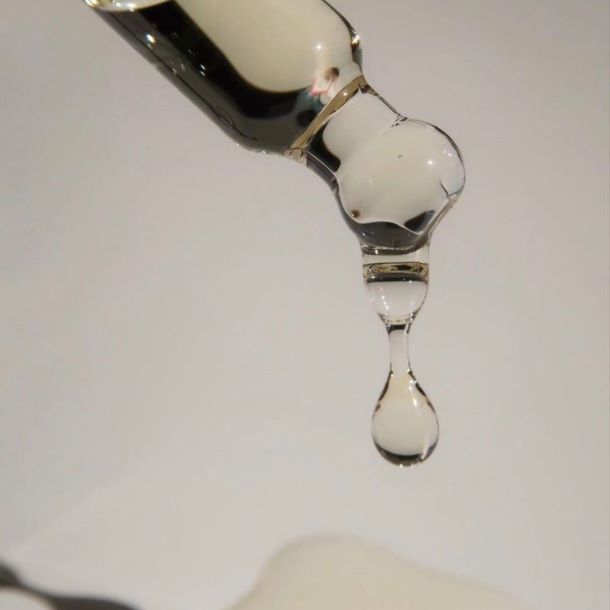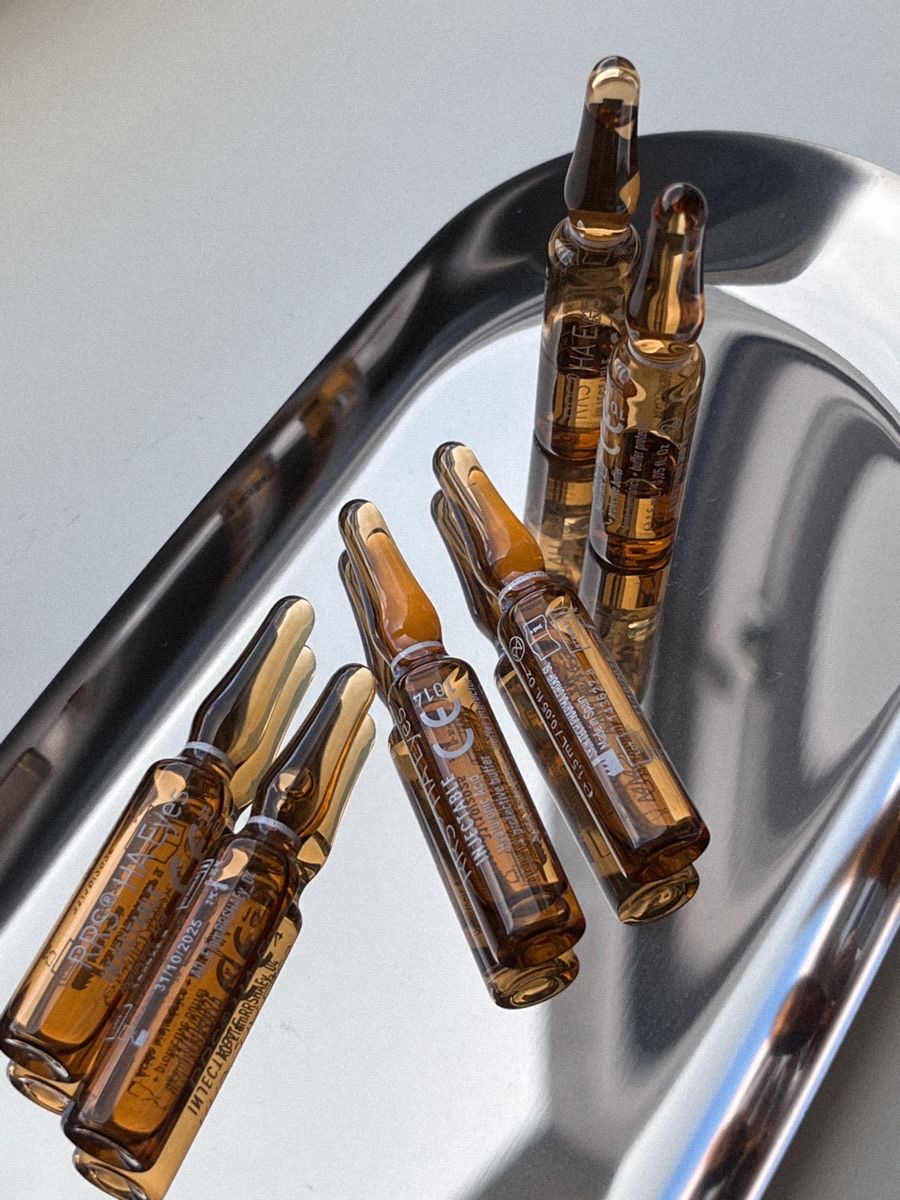Your cart is currently empty!

Microneedling
| Price | €155 |
Hitting a reset on your skin can be as simple as a 60-minute microneedling treatment. Microneedling creates micro-channels (microscopic holes) at a rate of 1600 per second. These wounds stimulate your skin, kicking its healing process into high gear. Best of all, Microneedling doesn’t rely on heat or chemicals, so the results are natural and safe for all skin tones and types.
The results
After the healing process, acne scars, hyperpigmentation and texture on the skin are reduced. Smooth and glowing skin makes its debut.
What Microneedling is
The Microneedling treatment works in three simple steps, designed to activate the skin’s natural healing process. Following each session, the skin begins to heal itself, looking more renewed and rejuvenated over time. Microneedling delivers dramatic results without the use of heat or chemicals.
- Microneedling penetrates the skin’s surface, triggering a natural immune response to disinfect, remove debris, increase blood flow, and activate the creation of new skin.
- The micro-channels (or tiny holes) created by the device are rebuilt with new granulation cells that include collagen proteins. Additionally, a new network of blood vessels develops.
- New skin form, rich collagen and elastin proteins. These proteins improve skin quality, visibly reducing acne scars, wrinkles, hyperpigmentation, leaving skin more smooth, radiant, glowing and younger-looking.
The aftercare
- For the first 12 hours it is recommended not to let the skin come into contact with water or other liquids (unless otherwise advised).
- Avoid swimming pools and jacuzzis for 48 hours after treatment.
- Avoid heat, saunas, steam cabins and the like for up to 48 hours after treatment.
- Do not force or touch the treated area unnecessarily and do not pick, scratch or peel off skin.
- Do not use scrubs or (silicone) facial brushes for up to a week after the treatment
- Avoid exfoliants, acids, Benzoyl Peroxide, vitamin A/Retinol and drying alcohols for up to two weeks after treatment.
- Use a solid skincare routine consistently after treatment to give the skin the opportunity to improve glowingly.
- SPF is essential.
Prepare your glow up
Browse our FAQ to learn everything you need to know before your Microneedling treatment.
What does the treatment look like?
If you are already undergoing treatments, this treatment starts with a short review of the previous treatment and the results achieved, after which we sign a consent form and add photos are again included in your file.
The skin is thoroughly cleansed and impurities are removed. The device, accessories, and serums are prepared, after which the procedure is performed and a moisturizing and soothing mask is applied.
What is Microneedling used for?
- Wrinkles and fine lines (or before they become visible)
- Acne scars
- Dull skin
- Large pores
- Uneven skin tone
- Uneven skin structure
- Dark spots
- Hyperpigmentation
How to prepare for the Microneedling?
- Avoid direct sunlight or sunbathing for two weeks prior to the treatment.
- Stop using three to seven days before treatment: exfoliants, retinol (vitamin A cream), hormone cream, and hydroquinone.
- Botox and/or filler treatments may be performed up to two weeks prior to the treatment.
- Avoid skin thinning (at home) treatments such as scrubs, exfoliants and peels up to 48 hours prior to the treatment.
- Avoid facial treatments two to four weeks before the treatment, such as strong Medical Peels, Microneedling, and lasers
- If you suffer from an active cold sore, you should not be treated and should wait until the cold sore is completely healed.
- In case of symptoms such as fever or flu, you will not be treated.
What are the combination options with Microneedling?
Microneedling can be prepared during the same appointment with a medical peel or Dermaplaning to rid the skin of dead skin cells and focus on a specific concern. This makes the treatment more versatile and intensive. This option can be booked as an addition in the booking system or in the clinic.
Microneedling can also be alternated with Medical Peels, Hydrafacial, CO2 Carboxy Therapy.
What are possible skin reactions?
Immediately after the treatment the skin could be slightly sensitive. In general, the reaction subsides within a few hours to 2 days.

